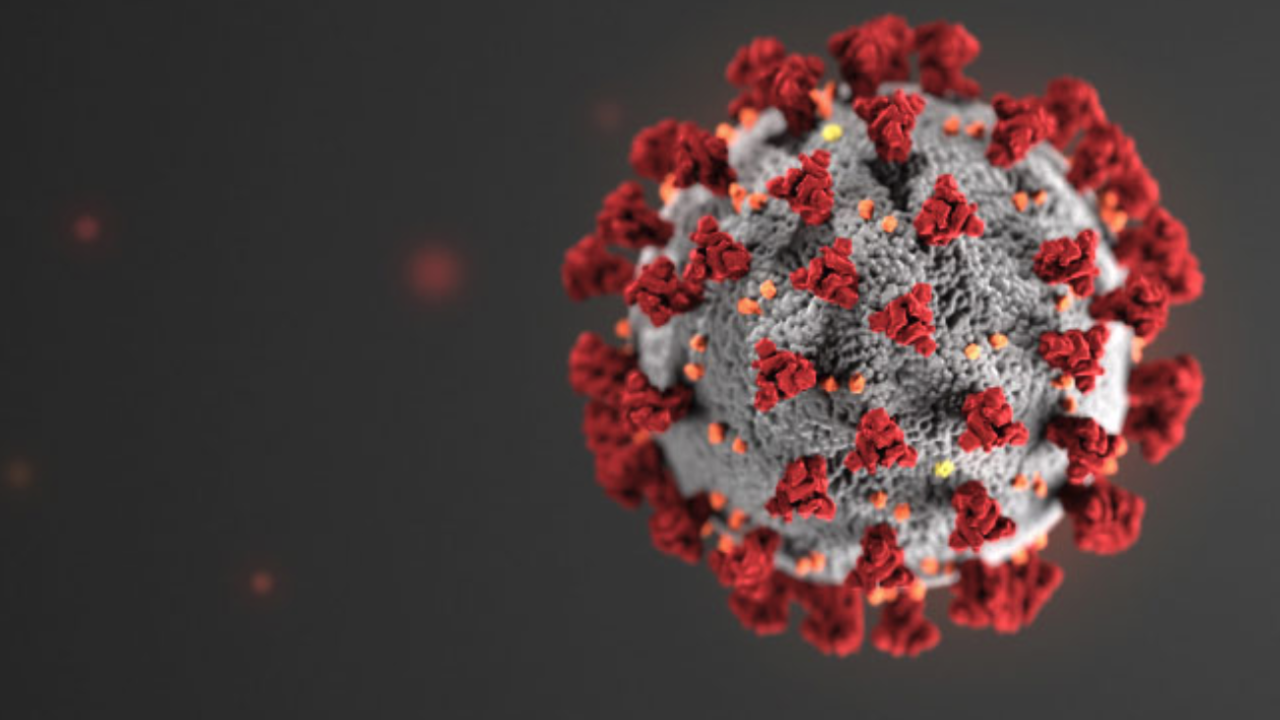A Complex Challenge for Healthcare Providers
In recent years, the number of early-onset cancers—diagnosed before the age of 50—has risen dramatically, with a sharp 79% increase from 1990 to 2019. While these cancers are often discussed in terms of their immediate impact, a serious yet less-publicized complication is cancer-related venous thromboembolism (VTE). VTE—which includes conditions like deep vein thrombosis (painful blood clots in the veins) and pulmonary embolism (lung blockage from blood clot)—can significantly affect the treatment outcomes and quality of life for younger cancer patients. As the number of young people diagnosed with cancer rises, so does the need for healthcare providers to understand and manage the unique risks posed by VTE in these patients.
The sharp rise in early-onset cancers mirrors an increase in VTE cases in younger populations, which presents a unique challenge for healthcare providers. Historically, VTE has been viewed as a concern mainly for older cancer patients, but younger patients are now presenting with VTE at an alarming rate. Cancers like breast, colorectal, stomach and pancreatic cancers are particularly associated with an increased risk of VTE, and these types are becoming more common among younger individuals.
Managing cancer-related VTE in younger patients requires a multidisciplinary approach, involving oncologists, hematologists and venous specialists. These healthcare professionals must work together to assess and manage VTE risk, which can be complicated by the patient’s cancer type, treatment plan and overall health. Importantly, young cancer patients, who are traditionally seen as lower-risk for VTE, often face complications that make early detection and risk management all the more crucial.
Personalized VTE Risk Management for Young Cancer Patients
Given the diversity in cancer types and the varying treatments patients undergo, it’s essential to take a personalized approach to VTE prevention and treatment. For example, treatments like chemotherapy, radiation and surgery can all contribute to an increased VTE risk, and each treatment plan should be carefully tailored to the individual patient’s needs.
Tools like the Khorana Risk Score have proven helpful in assessing VTE risk in cancer patients by taking into account factors such as the type of cancer, chemotherapy regimen and other clinical characteristics. This score helps healthcare providers determine whether a patient is at high risk for VTE and needs additional interventions.
Preoperative assessments are another key element in managing VTE risk. These assessments evaluate traditional risk factors, such as cancer type, treatment plan and age, but are starting to consider other, more personal factors. Genetic predispositions, for instance, may play a role in a patient’s likelihood of developing VTE, and some new treatments may alter these risks further. By addressing these factors early, healthcare providers can create more effective, customized prevention strategies.
Preoperative Assessments / Lifestyle Factors
In addition to clinical factors, lifestyle plays a significant role in both cancer development and VTE risk. Obesity, physical inactivity and poor diet are all factors that have been linked to increased likelihood of developing both cancer and VTE. Studies published in journals like the Journal of the American Medical Association have shown a clear connection between these lifestyle factors and higher risks of clotting disorders.
However, these factors are not always fully integrated into preoperative assessments. For example, a young cancer patient who is sedentary and overweight, while also undergoing chemotherapy, faces an increased risk for both cancer progression and venous thromboembolism. In such cases, healthcare providers must take care when managing anticoagulation therapy—ensuring that they reduce the risk of clots without causing excessive bleeding, a common concern in cancer patients.
By considering lifestyle factors alongside traditional clinical factors, providers can create a more comprehensive risk management plan that addresses the full scope of a patient’s health and treatment history.
Possibilities for Future Care
With increasing early-onset cancer diagnoses and the growing threat of cancer-related VTE, it is essential for healthcare providers to adopt a proactive, multidisciplinary approach to care. By working together across specialties, providers can ensure that each patient’s risk for VTE is carefully assessed and managed. Further research into the relationship between lifestyle, cancer and VTE is needed, but venous specialists advocating for innovative diagnostic tools and treatment protocols that cater specifically to younger cancer patients could help address the unique challenges they face.
Finally, long-term surveillance is essential, especially for younger cancer patients who may face extended risks for VTE even after their cancer treatment ends. Regular follow-up care will be crucial in managing and reducing the long-term risks associated with cancer-related venous thromboembolism.





